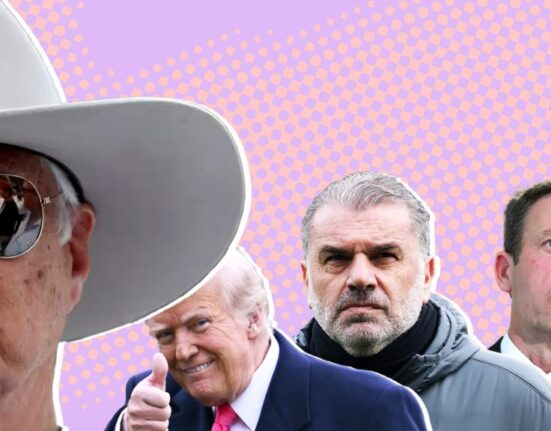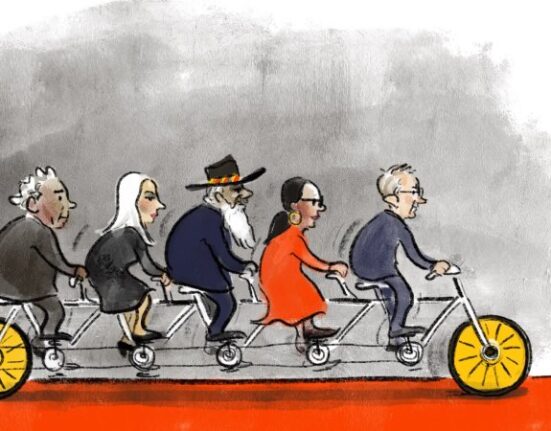Have you ever wondered what ultrawealth truly looks like? Picture a secluded ski chalet in Deer Valley, Utah, nestled among the snow-capped mountains, where the world’s richest tech billionaires gather against the backdrop of a global crisis. This is the setting for “Mountainhead,” a new film from the mastermind behind “Succession,” Jesse Armstrong.
The location manager, Paul Eskenazi, faced the daunting task of finding a house that exuded extravagance without flamboyance, a place that whispered wealth rather than shouted it. Drawing on his experience from working on “Succession,” Armstrong aimed to capture the subtle nuances and status symbols that define the lives of the ultra-wealthy. It’s not just about private jets and sprawling mansions; it’s about the intricate hierarchies within the top 1%, where distinctions like owning a Gulfstream G450 versus a Gulfstream G700 matter.
When Eskenazi stumbled upon a magnificent ski chalet in Deer Valley, he knew he had struck gold. This 2000-square-meter marvel, built into a hill, oozed understated extravagance. Its exclusivity was apparent in features like a private gondola providing direct access to the ski resort, hinting at the level of access and control that money can buy without the need for ostentation.
As the narrative of “Mountainhead” unfolds within the walls of this opulent mansion, the house itself becomes a character, reflecting the personalities of the four billionaire friends at its center. With seven bedrooms, 16 bathrooms, a two-lane bowling alley, a basketball court, a rock-climbing wall, and a spa, this mansion is the epitome of luxury. Not to mention the infinity pool and whirlpool bath set in a heated patio outside, offering unparalleled views and a sense of seclusion that defines true luxury.
The contrast between the grandeur of the “Mountainhead” house and the flashy, public wealth depicted in “Succession” is stark. While media-mogul wealth is about visibility and performance, the ultraluxury of the Deer Valley mansion symbolizes isolation and privacy. It’s not just a backdrop for the film; it’s a crucial element that shapes the story, adding depth and complexity to the characters and their interactions.
The meticulous attention to detail in decorating the house, from faux-stone veneers to high-end art pieces, reflects the characters’ personalities and their desperate attempts to impress each other. Every item in the mansion tells a story, from the $300 toaster to the lesser-known Jeff Koons artwork, subtly hinting at the characters’ status and aspirations.
The house itself becomes a metaphor for the crumbling world outside, a gilded cage where the tech billionaires seek refuge from the chaos unfolding around them. Through its design, location, and ambiance, the mansion elevates the narrative of “Mountainhead” to a level where luxury intertwines with isolation, wealth mingles with desperation, and extravagance meets introspection.
In the end, “Mountainhead” is not just a film about ultrawealth; it’s a reflection of our society’s obsession with status, power, and control. It challenges us to question the true meaning of wealth and privilege, inviting us to peer behind the façade of luxury and explore the quiet complexities that define the lives of the ultra-rich. As we immerse ourselves in the world of “Mountainhead,” we are reminded that true wealth is not always measured in dollars and cents but in the intangible qualities of space, privacy, and silence that money can buy.









Leave feedback about this